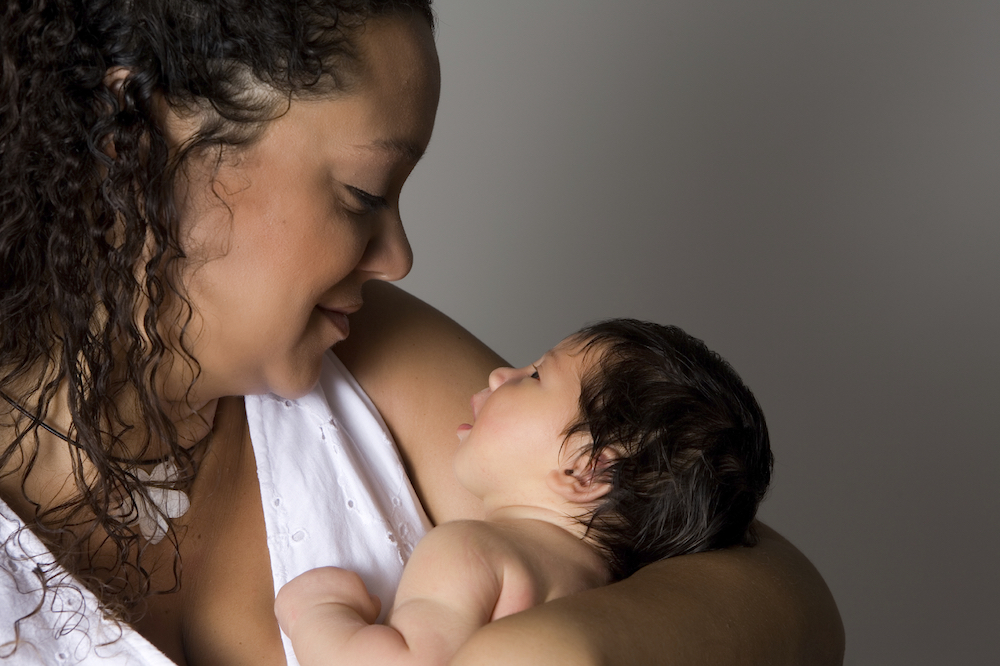An interview with Catherine Middlebrooks, founder of BRB Yoga
What’s one thing you wish expecting mothers knew about pregnant core and pelvic floor health?
Changes to these areas are EXPECTED and NORMAL.
Many women worry about the separation of their abdominal muscles (diastasis). Or pelvic floor weakness.
But, diastasis is a normal part of pregnancy. Nearly 100% of women experience a diastasis in their third trimester. The muscles must separate to make room for the growing baby.
Similarly, many women experience leaking of pee (known as incontinence), while pregnant. This isn’t a sign of significant issues!
Rather, the weight of the baby is putting extra pressure on the pelvic floor. This extra pressure makes it hard for the pelvic floor to work like normal.
Instead of worrying about these issues, I want pregnant women to know these changes are normal.
Is there a reason to give extra care to our core and pelvic floor during pregnancy?
Absolutely. Even though changes to these areas are normal and expected, it’s still very helpful to give these areas extra attention during pregnancy.
Focusing on the core and pelvic floor during pregnancy is beneficial for a few reasons:
- Maintaining core strength during pregnancy helps you recover easier and quicker postpartum.
- Core strength can reduce back pain and other common pregnancy aches.
- Healthy core muscles can help you push that baby out during delivery!
What are your some easy tips for taking care of the core and pelvic floor during pregnancy?
Here are 2 of my favorite, easy-to-implement tips.
1. DO 5 MINUTES OF DEEP BREATHING EACH DAY (Or More!)
The core and pelvic floor muscles work with our breathing muscle, the diaphragm (the giant muscle under the lungs).
Every time you inhale deeply, your core and pelvic floor relax.
When you exhale, the core and pelvic floor engaged.
This means a deep breathing practice helps you maintain core and pelvic floor health. It will also help you re-establish core and PF muscle tone faster after the baby arrives!
As the baby gets bigger and blocks the diaphragm, it will get difficult to take full deep breaths. Just do your best!
BONUS: All that deep breathing will also make you feel more relaxed! What pregnant woman doesn’t need that!?
2. STRENGTHEN YOUR DEEP CORE
I also suggest daily engagement of the deepest core muscles (the transverse abdominis).
How to do it:
My favorite exercise while pregnant is hugging the baby up and in on hands and knees.
Come to hands and knees. Make your back as flat as possible (not sagging in the middle).
When you inhale, let the belly relax and dropdown.
When you exhale, gently engage your deepest core muscles and hug the baby up toward your spine. Your baby bump will seem to flatten and pull up inside you a bit.
It’s that simple! You just engaged your deepest core muscles.
Breathe in and let everything relax, then exhale and hug that baby up and in again.
Do 5-10 of these daily.
Please note: our goal during pregnancy isn’t to keep those muscles rigid or to get a 6-pack. These muscles need strength, but also need to relax/expand in order for the baby to have room to grow. We want these muscles to engage AND relax.
What are the best ways to care for the core and pelvic floor areas after the baby has arrived!
- Allow your body to REST in the first few months postpartum. Your core and pelvic floor have been through 9 months of change and a major physical event of delivery. Allow time to recover and heal, like you would with any physical injury. You can continue your breathing and gentle core engagement…but keep it gentle!
- Once cleared for exercise, don’t jump into intense physical activities too soon. Doing so can create ongoing issues like diastasis and pelvic floor prolapse. Instead, focus on lower intensity exercises designed for postpartum women. Ideally, these exercises will REBALANCE your body. They will strengthen the areas that pregnancy weakened. And reduce activity in areas that got tight (like the back and hips).
- Once you have brought balance back to your body you are ready to get back to all the activities you love. At this point, make sure you slowly REBUILD your strength. Don’t jump into your first run by running 5 miles straight. Start with a shorter distance and slower pace. Give your body a chance to acclimate to the activities again and rebuild strength.
With these guidelines, you’ll feel strong and confident throughout pregnancy and beyond!
Catherine Middlebrooks is a yoga teacher, postpartum corrective exercise specialist, wife, Mom and the founder of brb Yoga and the Heal Your Core with Yoga program. With the mind of a researcher and the heart of a yogi, Catherine geeks out on the science behind corrective exercise and helping moms like you restore your postpartum body so you can say YES to life again.
Find her at brbyoga.com.
